Adolfo Bimer, César Vargas, Santiago Cancino and Víctor Flores are four friends who built a new space in Santiago, independent, self-managed and, above all, radical. The decision to undertake Sagrada Mercancía comes from the concern to answer old questions of contemporary art and to carry out a project with congruence and conviction. Located in the República neighborhood, SM is inserted as a place where research and hallucination are mixed to investigate the processes rather than a result.
By Carolina Martínez Sánchez | Images: Josefina Lagos | Translation: Jacob Sheehan
Carolina Martínez: When, and from what impulse did ‘Sagrada Mercancia’ emerge?
Victor Flores: Sagrada Mercancía arose when we were in school in 2010 and after awhile we began to form the final grouping that would be Adolfo Bimer, César Vargas, Santiago Cancino and Víctor Flores.
Cancino comes from a background of engraving, Cesar from art history and theory, Adolfo from painting and myself from Sculpture. Somehow, there’s a fusion of disciplines where each person gives a piece of their knowledge to the rest. In a first stage we started in this space, but we delegated the curating of the showings until we realized that we needed to have a bit more control, and with the new finding of the collective and space, we decided to act more from ourselves and expose what we wanted to see. In 2014, the space was revamped with Cancino’s first showing. That’s how we began working with ‘solo projects’.
Adolfo Bimer: The perception that there was a type of methodologies or certain ways of doing things that we did not see, and what does it mean to really think of an independent art. This is to take very seriously the fact of producing independent contemporary art, without necessarily falling into some common places of independent proposals where the low budget is always visualized. We, on the other hand, wanted to maximize the scarcity of resources, in addition to exhibiting what we like, and having the methodologies we did not see and believed possible.
César Vargas: Sagrada Mercancía is a project that is based on this concept of friendship that we have been consolidating at the level of visual, aesthetic, political and above all everyday, and that tries to research and have ways of proceeding in the visual arts, rescuing what has already said Victor and Adolfo, which is to see what we want to see. It is a very minimalist maxim, but effectively the projects that have been developed are independent, have not been subscribed to any entity outside our heads, our bodies and the artists themselves. The concept of the independent has been for us more than a banner of struggle, a way of relating to the visual arts, in which the artist is subject to another way of proceeding, where we believe that is the way in which the artist should understand his work, which is to make art beyond any promise of competition or inscription, or any bureaucratic promise, with a rigorous concept self-imposed. The artist is a researcher of the environment and is linked to a nature, whether social, political or anthropological, under a criterion that involves the obsession born in it.
We wanted to go deeper into what the artist means as an author. And this is what has been forming the spirit of what is SM, a laboratory of visual thinking, a space of residence and exhibition of the project that has been generated in conjunction with the artist. All the discussion and work is based on the trust we have with the artist, it is an intimate and social work. We want to find out what the artist can do and how far it all leads.
“The concept of the independent has been for us more than a banner of struggle, a way of relating to the visual arts, in which the artist is subject to another way of proceeding, where we believe that is the way in which the artist should understand his work, which is to make art beyond any promise of competition or inscription, or any bureaucratic promise, with a rigorous concept self-imposed.”
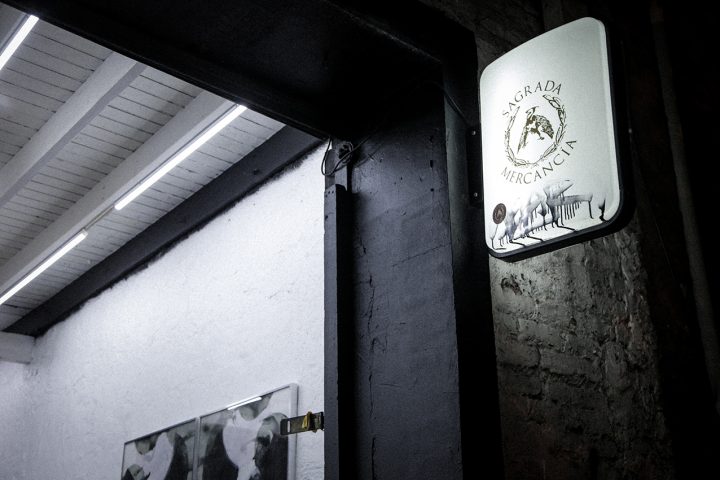
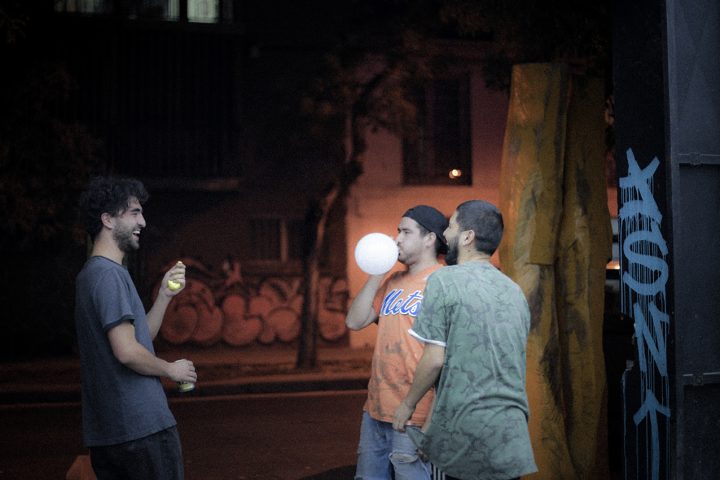

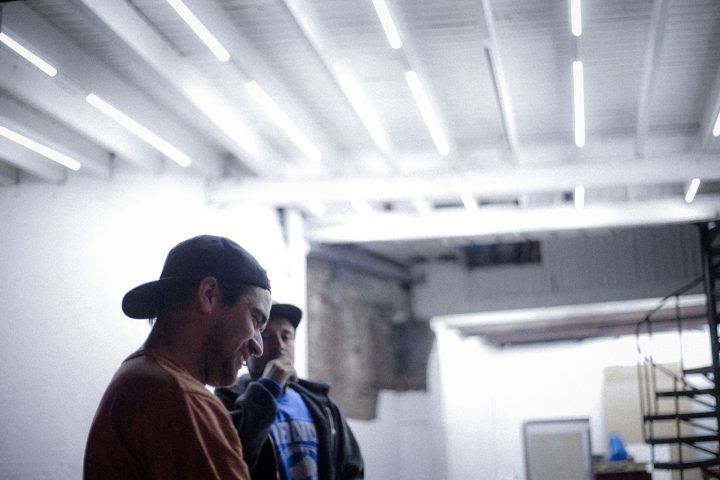
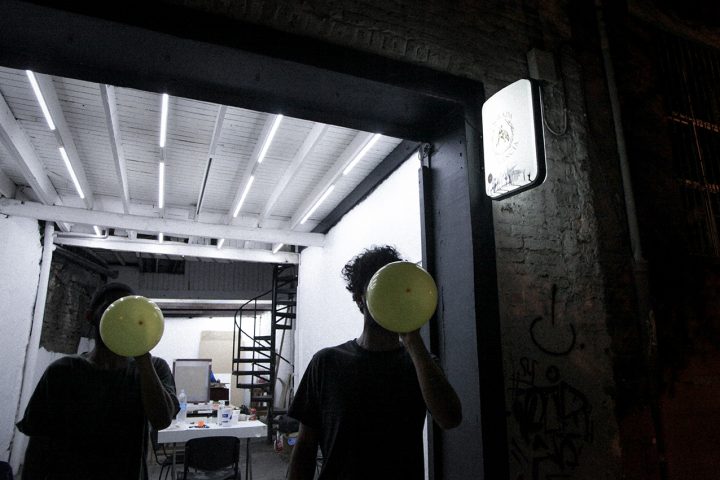
CM. What is the difference with the other independent spaces?
AB: More than having looked at other spaces, the point of comparison was with the “complete fauna” and what happens in general in the visual arts in Chile, where we think about the possibility of generating a space with these human relations, and that present a model where you can tell the world that you can make your own space. There is nothing that prevents you, more than the amount of effort you give to your impetus, that is the only thing that can make possible a desire or not. And from that place is that we pose the attitude of independence.
There are many independent spaces that are one-day flowers; Appear and soon stop working, and from that, part of the independence, is the resistance that we can have over time. We travel on a tightrope all the time, since friendship and human relations is the only glue there is, there is nothing economic or any contract through, just the strength of being friends and seriously engage in the project. Resisting in time, is part of the real independence.
CV: What is being measured through this resistance and methodology, is how much you want what you want as an artist, how many of your cells really want to be. When we invite an artist, in addition to wanting to see their potential, we want to see their true desire, being able to submit their own regime to a distortion, and end up perhaps in another regime of inscription of their own work. Dealing with the desire is something very powerful and radical for any human spirit, and therein lies the problem in art, and that is why I believe that we are all in this. It is only possible to have an investigative spirit in the measure that one has a problem with the visual arts, and that is what will define the power of the artist. An artist without problem, is not an artist, as simple as that.
On the other hand, the perspective of change can be defined by the smell that builds the identity of a space. We are undoubtedly committed to visual thinking, but from the beginning we knew that this “sense” was going to be our organ of analysis and research.
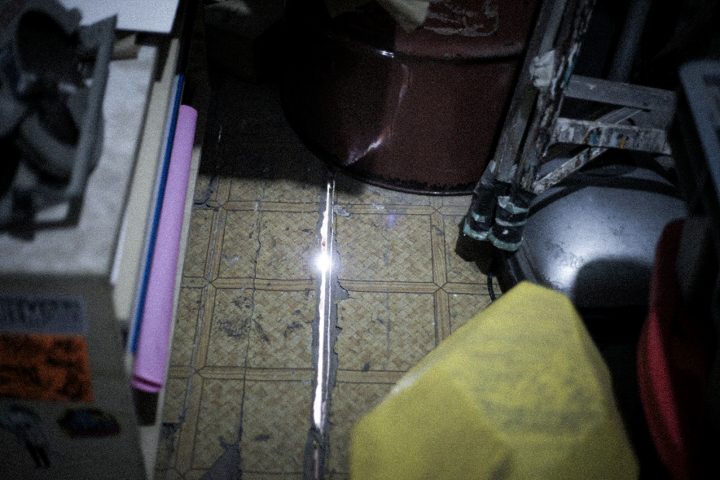
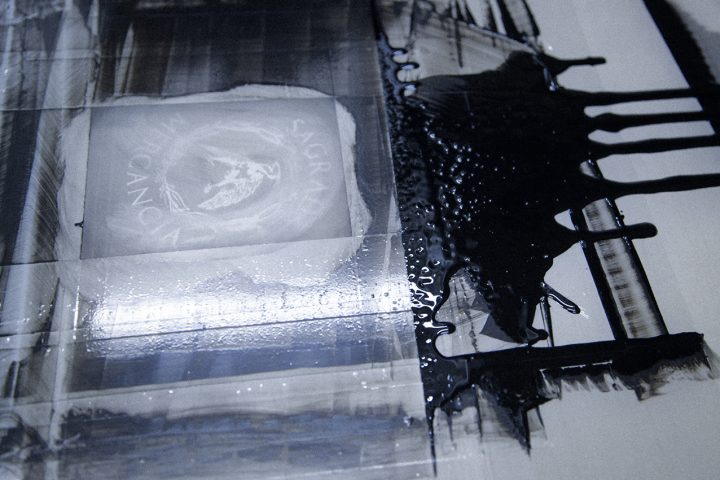
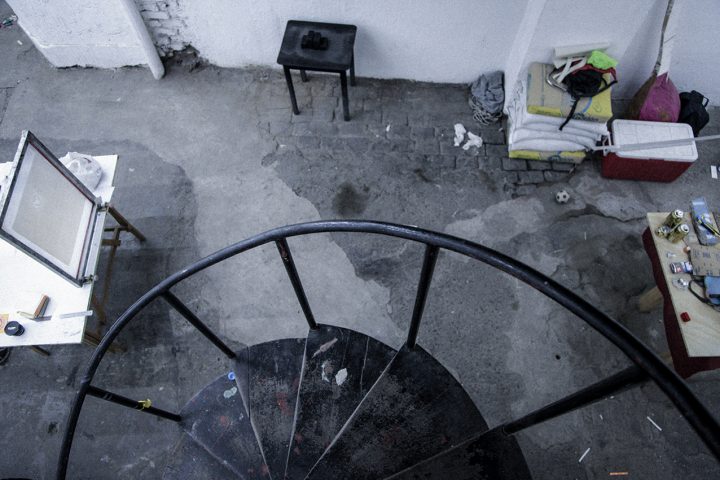
CM: Which is the SM’s vision of local contemporary art versus the global context?
CV: You can measure this type of question at the inscription level of the artists, but I believe that the trend at a global level, and what we have perceived, is that contemporary Latin American art is taking a major turn in terms of spaces that are being inscribing in this independence. The flow that is taking place between small scenes and large territories on a global level is where it is going that these spaces can deliver, which are the ones that are oxygenating the artistic field now. They are showing artists who can dialogue in different settings and who have started from marginal or precarious scenes, and this spirit has also been dislocating the body of work of consecrated artists, who profit from their formulas.
Being part of a project of this character has led us to know others who are transiting and who are motivated from our place, such as UV Estudios, No Lugar, Carne, Sindicato, which belong to the closest context, and have given us back the idea that we are in a field of relations that are homologous, with a companionship in this resistance and this independent path.
AB: There is something interesting in all this zoo that could be the Chilean art, and it is that in some way, it has managed to emparentarse through the digital. For example five or ten years ago, I would not have noticed that the Chilean art scene attracted attention, either a consecrated gallery or an independent space, or a project of a Chilean artist abroad or for a biennial. Somehow, all these spaces that can be very different, interweave since all appear before the “Chilean state” and that unites us. All this scenario, as Cesar said, is comparable to other countries. The settlement that we think we are occupying, in other countries we can see colleagues who also work with similar spaces, and who are also interrelated within their own fauna. Thus, it is that being able to feel that belonging and that we are sharing a transversal idea reassures us.
VF: In addition to the sense of belonging, we can share with these other spaces the experiences of what it means to be independent. We did not imagine a year ago for example having a fair policy that we share with the other models. We can be independent, but everything we do even at the fair level, are things that are subject to reflection. Just as it was with ArteBA, Ch.ACO, and Material Art Fair.
“The flow that is taking place between small scenes and large territories on a global level is where it is going that these spaces can deliver, which are the ones that are oxygenating the artistic field now. They are showing artists who can dialogue in different settings and who have started from marginal or precarious scenes, and this spirit has also been dislocating the body of work of consecrated artists, who profit from their formulas.”
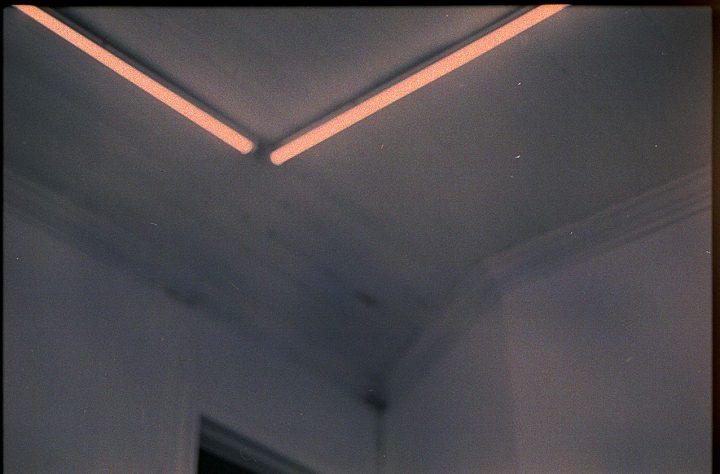
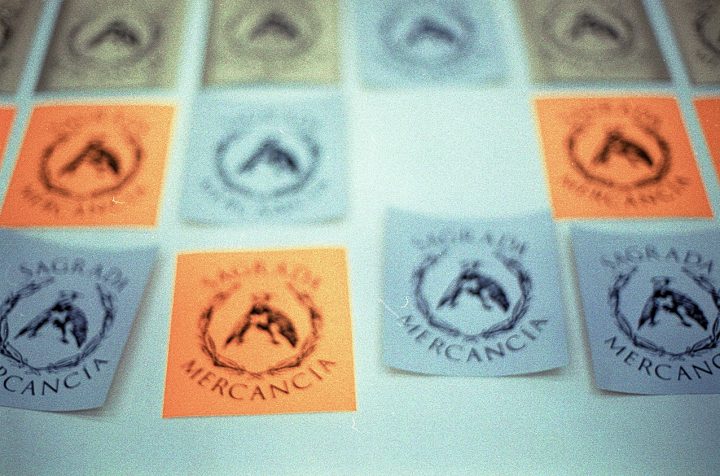
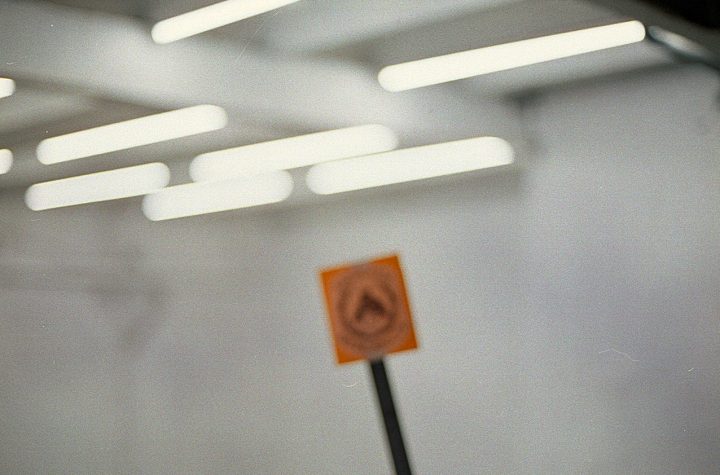
CM: To what does the politics of fairs refer to and how do they reconcile with the independent character of SM?
CV: The project if it has to generate an internal policy that was not contemplated in its beginnings, is because the project really expanded its limits, which meant generating a perspective of possible analysis of what we could develop visually of what Involves fairs. The fairs are the market for visual arts, the market for contacts, the market for influences, the political market where the works are transacted and where in some way a symbolic image of the galleries is going to be produced. I believe that the policy we have established is consistent with what we have done in space. We appropriate our space and it is the same that we will do in the fairs, we will generate projects that dialogue critically, under a curatorship that we develop next to the artists that we invite to participate.
We are not going to detract from the possibility of generating new links or that this can have an impact beyond the horizon in which you are positioned. It would be very sad that such a project would limit its chances of growth. We are not going with a winning or defeatist air, but we will face things with the same rigor with which we work in SM.
It is very easy to fall and get lost in this, but we believe that maintaining integrity in this scenario is possible by having your own criteria of conviction and that have led you to think of that place as a possibility to exhibit. I believe that one of the goals and possibilities of any human being or project, is to never refuse to experience.
AB: More than a fair policy, which sounds rather grandiloquent, we refer to the way we operate, or how we think things. The logical thing is that if an independent space with a character of resistance to that type of places, and that somehow generates art from “nothing” is going to enter a fair, can be very critic, and it would be logical to subtract for Have that political credibility.
But we believe that the most political action is integration. This is not exclusive, it is inclusive; We want to demonstrate that this model can be applied in that context and that it does not stop working, it only expands horizons or ways of relating. The way to generate change is by being inside and not outside, maintaining the posture and acting. And it happens that often this exclusion comes from the resentment, and is not under any point of view, the way of thinking the arts in Chile, separate from the rest with the back. But they prove that the field is much larger than we had been told.
CV: As a living and organic entity, we have a body of rules that we have very clear, and we are not afraid. Alternatives to the system are not born outside the system, but within it. Living with other spaces, experiences and artists that are different, is part of your identity.
“The way to generate change is by being inside and not outside, maintaining the posture and acting.”
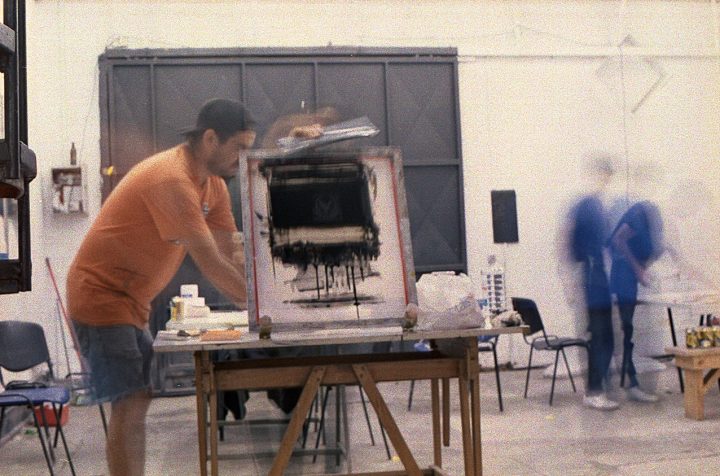
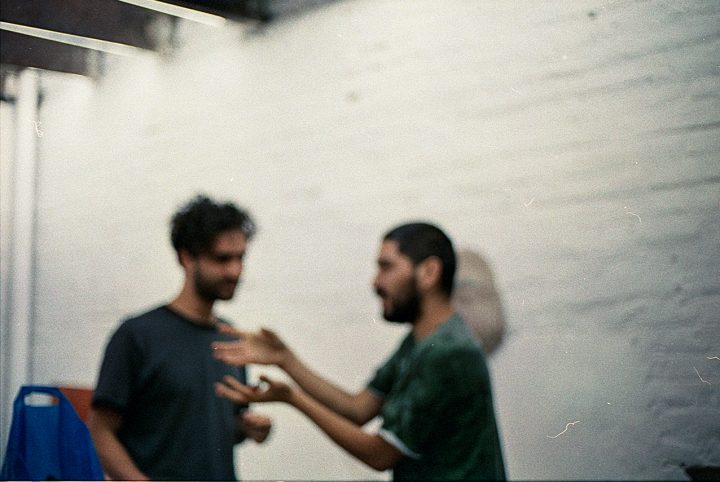
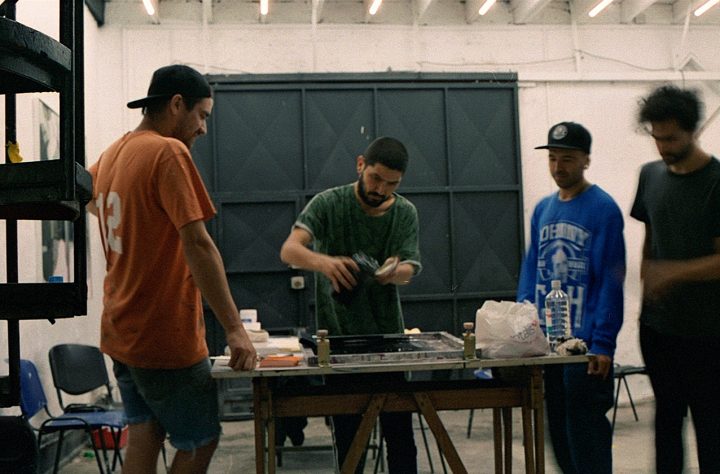
CM: How do you confront experimental practice and curatorship, since you are within the periphery where one could say that we are, by assignment of the mainstream or by ourselves?
CV: What it means curatorial in SM is precisely this reflexive struggle that we open with the artist, we invite him to be questioned under other conditions of possibility, where he is faced with his own production. Artists do not always do this, they are conditioned by thousands of obstacles or factors determined by the social context, and we open that field so that it can be born from the desire for appropriation and intervention, and may even alter its research code or matrix. The entire socio-cultural system is interested in the works reaching the expected port. We are interested in the project being born, and that this is the result of the problem that we have faced those two or three months with the artist.
AB: That is the periphery where we are, where I have not seen other spaces that work in our context with this format. I think it must exist, I do not think it’s a model that appeared here, and certainly it’s a mixture of several more models. And in this periphery is where that curacy, or interaction is achieved as I prefer to call it.
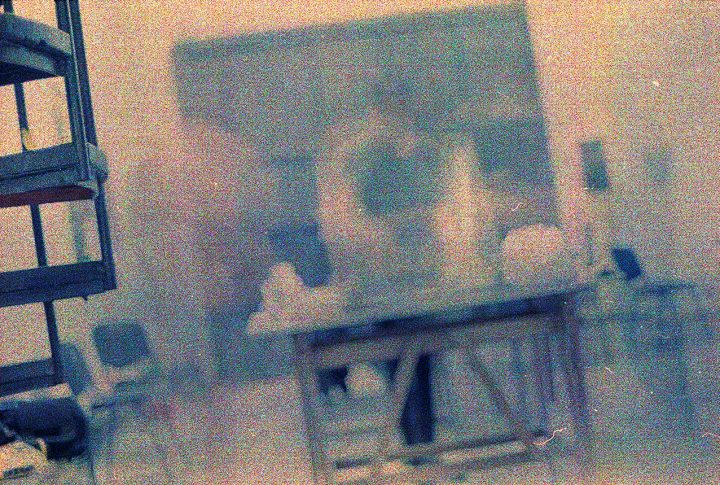
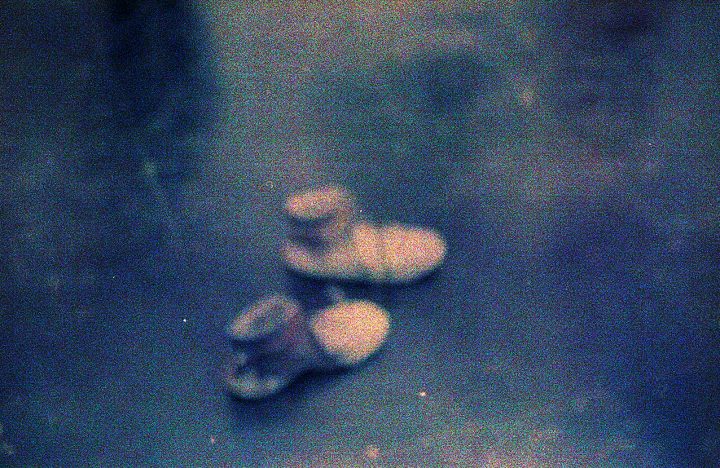
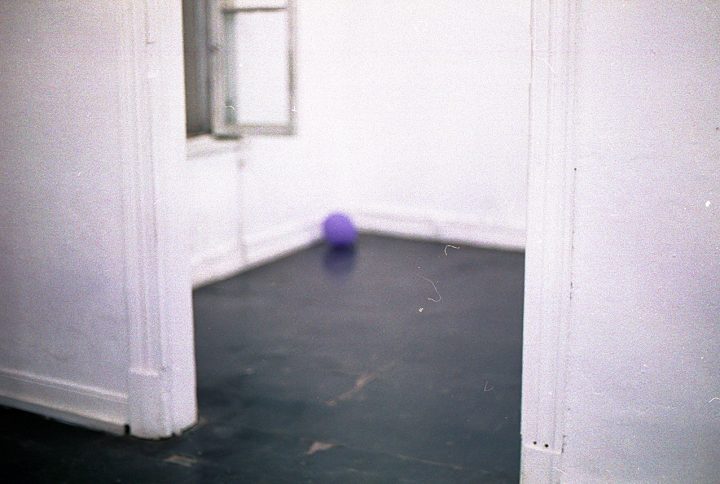
CM: Does the name of the project want to highlight or perhaps even satirize the era of the commodification of art? How do you rescue this vocation of art as an interpreter and projection of the history and the individual in a structure guided by the institutional and market?
CV: The name of the project, if you analyze it, is really a literary figure, an oxymoron that radically defines that dialectic between the sacred and what is subject to manipulation, that is, what can become a commodity; And this can be any human product within this economic regime. Every object, even knowledge, is a commodity. There is nothing that can escape this. So what better to call our space, the art itself “Sagrada Mercancía (Sacred Commodity)”.
What you rescued from the world of art, you name it and categorize it, where in our symbolic universe there are sacred, untouchable things; That moment when an artist “closed the door on the inside” and that moment is when he was able to close the system. The artists who managed to do that and their production, is what I can call it that.
AB: The contradiction that all commodity has a functionality, which you want to acquire in the act of exchange. And the only value that art can deliver beyond the cost of production, is that character that goes beyond the object itself. It can be something of gold and sumptuous, or a scrap elevated to the category of art. But anyway what you want to buy is exactly what you can not buy. But without that materiality there would not be that immateriality with which it is being linked, which is the point of connection with wanting to have it. And this object functions as a kind of bridge to that other. It is not satirical, although it is contradictory.
VF: (Indicates an old edition of a $ 10 coin) What we did was take this symbol for our space in its re-foundation process.
AB: How to rescue this vocation, beyond the discussion of the aura of the artworks and art, is the friendship and commitment for which each one relies on the work and decisions of the other.
CV: We develop a relationship and connect with artists from the level of experience, which does not happen in other forms of art production. And that to me, is the uniqueness of SM. And if you can say, we are heirs of other spaces, some that still exist and some that do not, and that have been cemented with a character similar to that which motivates us, but with different ways of operating. Spaces we respect them greatly as to the initiative to open these places to broaden the perspective.
“The contradiction that all commodity has a functionality, which you want to acquire in the act of exchange. And the only value that art can deliver beyond the cost of production, is that character that goes beyond the object itself.”
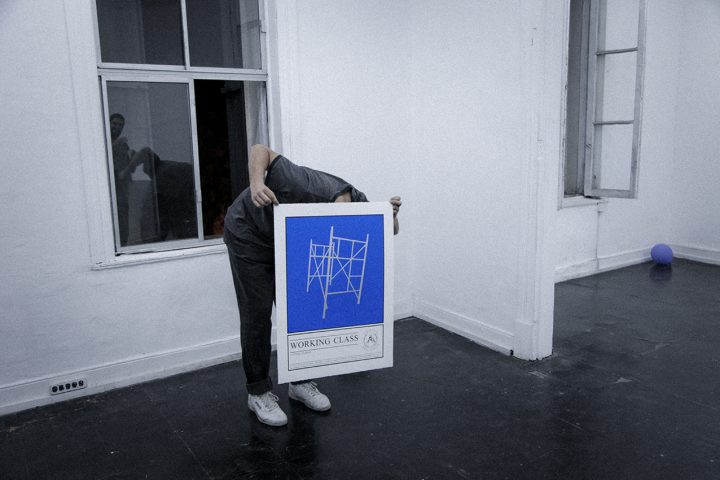
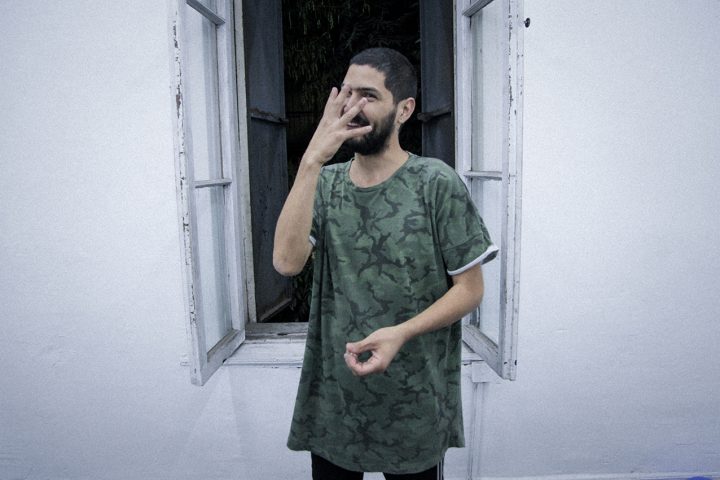
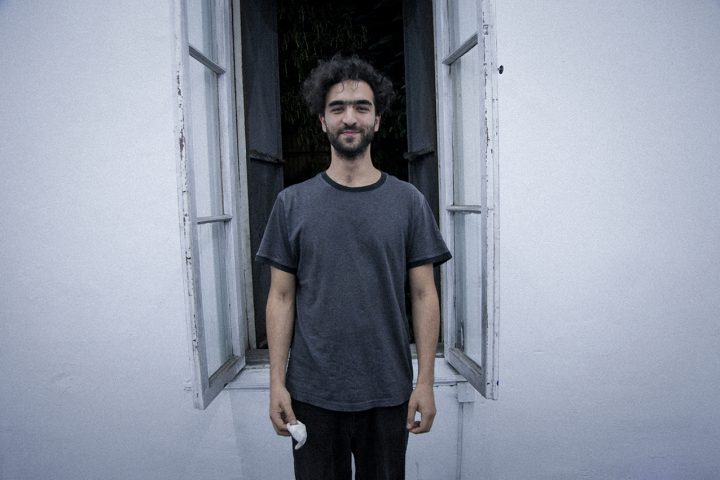
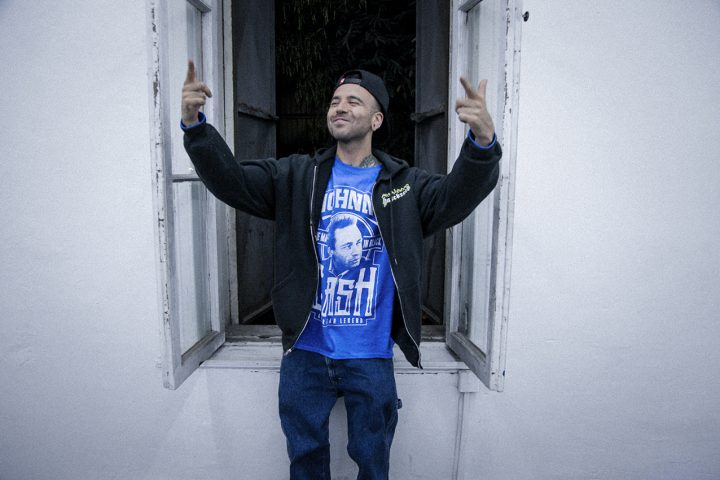
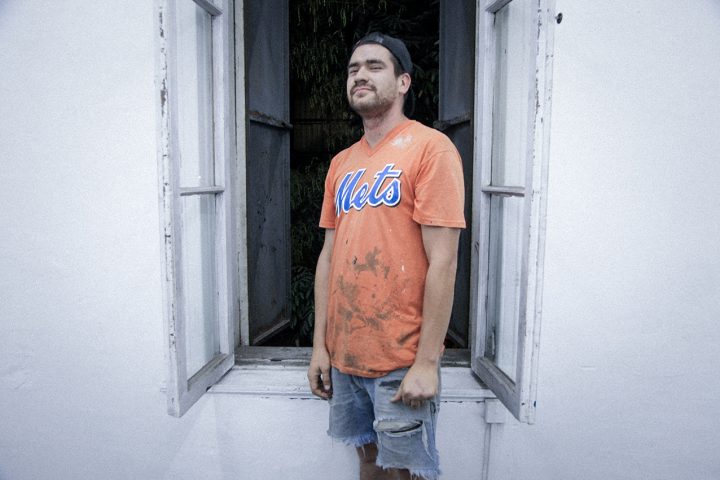
CM: Being a space that is not governed by mercantile tendencies, I see a curatorial line of exhibitions and projects consistent and consistent, converging materiality, concept and context. What are SM selection and curatorial criteria?
VF: Basically it is the work and personality of whom we want to develop a joint work, this research. And so, so far, has worked very well.
AB: The result that you can see, has to do with the fact that this work was done by five people, where you can interpret the interaction of that artist with us in this place. And the criterion of selection, has to do and appeals to the commitment and intuition that we have that this artist can work in this space and with us. When we add up all those factors, we think about the potential guests. So if you can talk about a criterion, it goes there without a doubt.
CM: Working as a team is as difficult as doing it individually. How do you deal with different perspectives and opinions on a field that is already subjective?
CV: As Bimer said, when you propose a project, whether collective or individual, starts from an ego. In that sense, the important thing of SM, was to know that there would not be a single ego, but that there would be four. And that factor of understanding that situation, to us already put in perspective what it means to involve an individual position and to respect these four individualities. Not for that, repress the egos. On the contrary, to promote the egos in pursuit of the community.
And then they become five, since SM is always four plus one. This is a radical democracy, where the key is sincerity. If something dislikes you, whether at the intellectual, aesthetic, procedural, or personal level, it is said, that simple. You can not suppress what you consider to be a mistake or that it can be a “disrespect.” We have established a code of maximum confidence, with a truth that we ourselves have been willing to produce. Enable certain relationships and be aware that it is possible to carry a project like SM. It is utopia come true, and the spirit is to operate as a band, where each one must play clear.
AB: Until it can last, because in saying it, you are facing the expiration of the matter. Thus the materialization of language has become our obsession in many ways; In what we do here and translate it into a visual language, and the same language between us in the day to day, and in a way we have become a tribe with its own code.
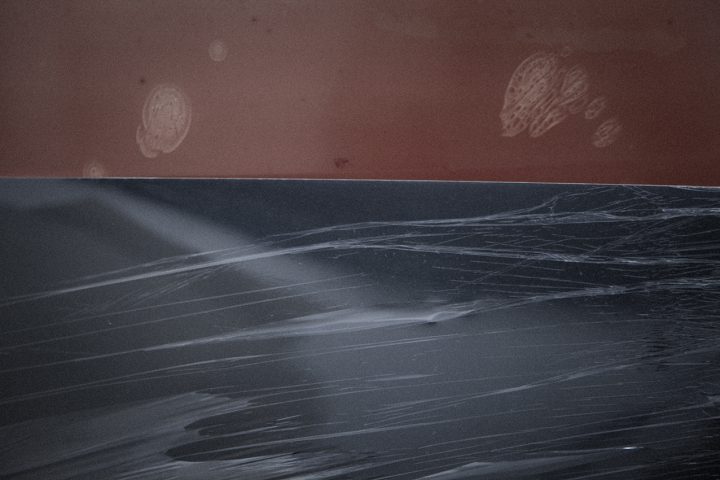
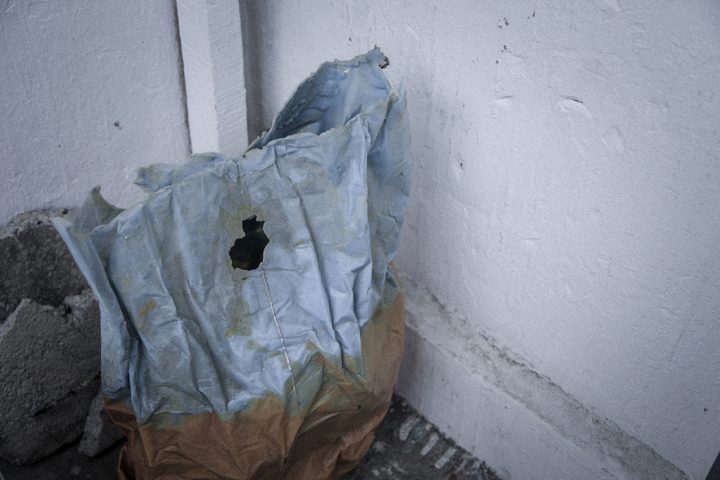
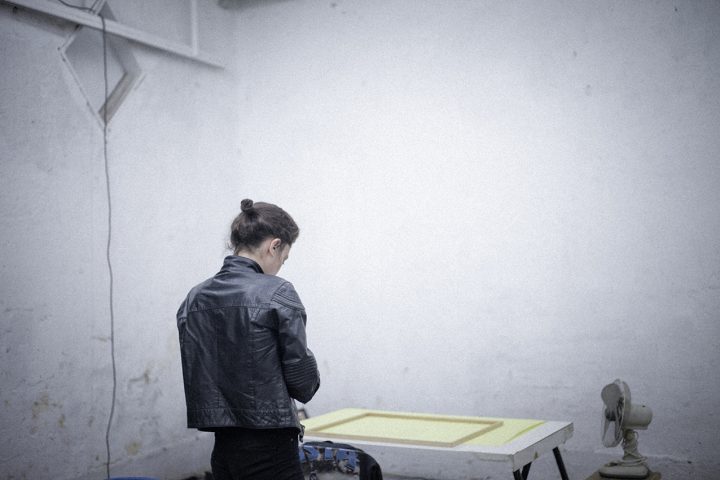
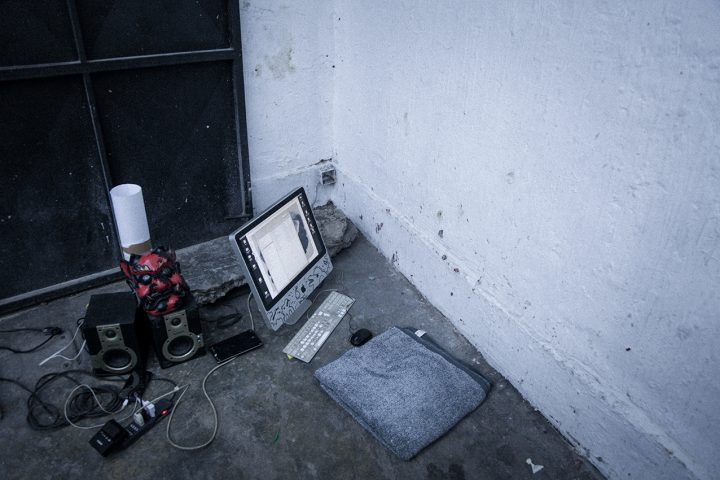
“The purposeful desire is to form part and also to recognize your context, in which there are other forms of production, thought and inscription, and we have only generated one more proposal.”
CM: How does a self-managed project – and free of the aforementioned pressures – develop and interact with a social and cultural structure that is itself subordinated to the establishment?
AB: We relate in this difference that does not exclude, presents a new possibility and is put into dialogue. And that enters the “system” maintaining its integrity and its own ideas that somehow form the space. In addition to this inclusive difference, I would say that we are in a space that we have generated the works that we want to see, because we are not in any state of dependence, nor subject to fulfill expectations or contract any.
CV: The purposeful desire is to form part and also to recognize your context, in which there are other forms of production, thought and inscription, and we have only generated one more proposal. We have opened a field of possibilities, where space lives with the programming we want to perform, and in that rigor we have tried to self-educate and self-discipline ourselves with an aesthetic perspective of its own and with an identity that gives it consistency and that can prevail in the time.
CM: The work and artistic production in the past appealed to the exalted existence, having a clear difference between art and daily life. Already with the romantics that limit was wanted to dilute so that human life and art were a continuum. In what state do you think the practices are? Where are they located in relation to the subject and his world?
CV: The way we propose and visualize is a way of opening and giving even more density to a project and an art perspective, where questions are raised as basic but as difficult to answer as what is art or what to produce art. And within this space we allow those questions to fit.
The individual-world relationship is very subjective and I think it is possible to understand it by holding us where the cost of producing goes through ourselves, and with a concept of self-management that really has body and truth. I believe that these questions and common places are having value in the measure of the analysis that we do with the artists that we are working.
Our visual regime is undoubtedly linked to the installation codes, but on a subjective level, those questions that have been forgotten, manage what we try to update in the practice of contemporary language. The exhaustion and constant limits should rethink the answers, rethinking the practice and materiality of art itself. An important part of what happens to the world of art is this exhaustion, and the practice of contemporary art has to do just that.
AB: Something that makes a giant difference with the past, is the massification of the digital and the non-existence of a territory as such. For example you can see a proposal of an artist in Japan that is very similar to another work elsewhere because there is no clear limit that separates. With this, there is a way of thinking the practice at a global level that has been systematized with the network, where the exhaustion is given by the amount of information that is being delivered. There is a numbness over this overdose of images, and so the new ways of thinking and doing have to do with that. You no longer look at the images with the same stop, the overpopulation of them no longer makes you think so much in what you see and there you see that exhaustion. And from this phenomenon, it is natural to wonder what comes next, what visual regime you can diagnose, where the separation or distance between what is happening and these diagnoses is becoming more and more narrow, almost becoming simultaneous.
In addition to this speed, there is the question that in front of which image you stop, where your visual and cultural repertoire can give you clues. The sum of the recognizable factors is what could be presented as something new, although it is already all seen. But there can be the difference and what makes an image stop you in it.
Posing not only the look, but also the intention. I say this also considering why the artistic practice chooses certain materials and supports and not others, in a world where it is possible to make art with almost everything.
Finally, the question is why one selects. In the time of the Romantics the other questions were the limitations were the clear divisions between the disciplines, there were fields much more determinable, and no longer are. Resource inexhaustibility of possibility, that is key to thinking art today.
“Our visual regime is undoubtedly linked to the installation codes, but on a subjective level, those questions that have been forgotten, manage what we try to update in the practice of contemporary language.”
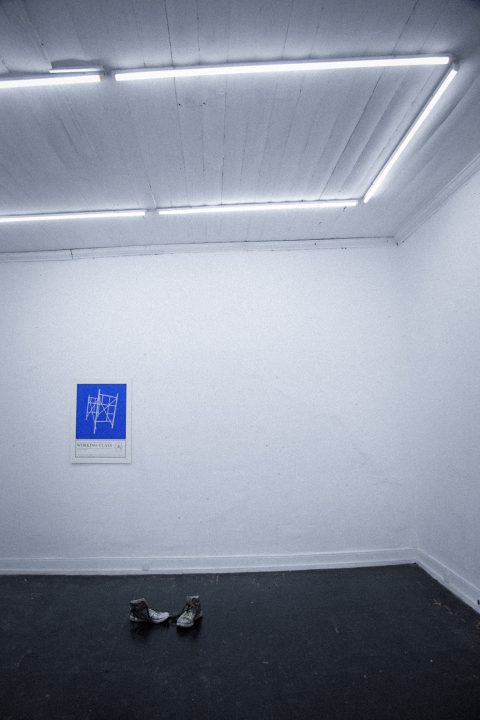
CM: Today we are obsessed with our own contemporaneity where time seems to go faster than life. In which ways do you align your visions as cultural factors and as a space with this unstoppable gap?
CV: I think that we have put a kind of suspension on this constant flow of information and visibility of what may emerge in our contemporary living space, and that suspension in regards to the visible arrangement has allowed us to reflect on that same flow. That moment of suspension that involves a process of reflection on the same phenomenon, is what allows us to have a kind of place to be able to project a work that somehow disputes the visibility in those conditions of the fight and the existence.
We have been able to stop the machine a bit so as to see how it works, and although the technological regime says that there’s a stable uniformity, it is not so. There are radically different realities, and although the technological promise wants to show us that we are in a balance in terms of conditions, we know that it is a simulacrum. There is a sector of the population that is really far removed from the contemporary. They are different intensities and we know that this promise of equal satisfaction is not real. Stopping that regime, it is possible to understand that it has its own contradictions and its own power sharing. For example, in Santiago there may be more than three exhibitions per week, but in other regions there may not be any for years. A reality that is often temporarily camouflaged by social networks and the web. I do not believe that there is a life with equal experiences, it is the opposite, and if we can open a space with experiences that can generate some kind of transcendence beyond the flow to which the media itself of the arts undergoes, we would achieve much of What we desire.
AB: Marking a pulse that corresponds to the one that your body walks and not to force the machine, or to force the belonging, or to arrive at the objective; Understanding your field and getting the best out of it. It is not presumed and is not aspirational, raises and tries to understand its logic. But we are in the same train, where it is in our car where things happen in another way.
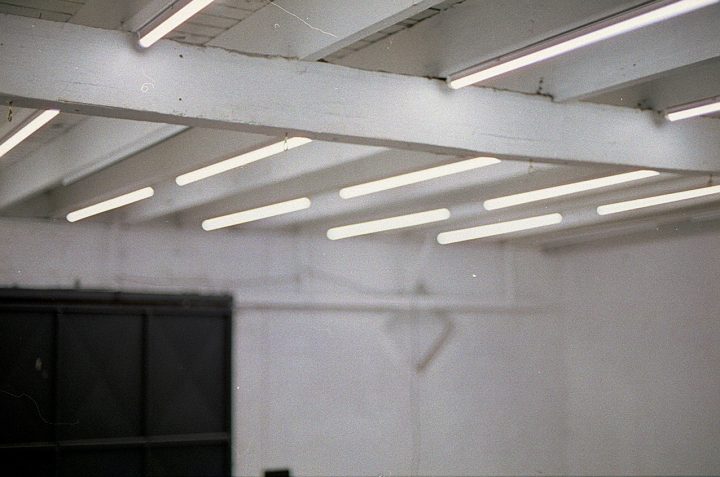
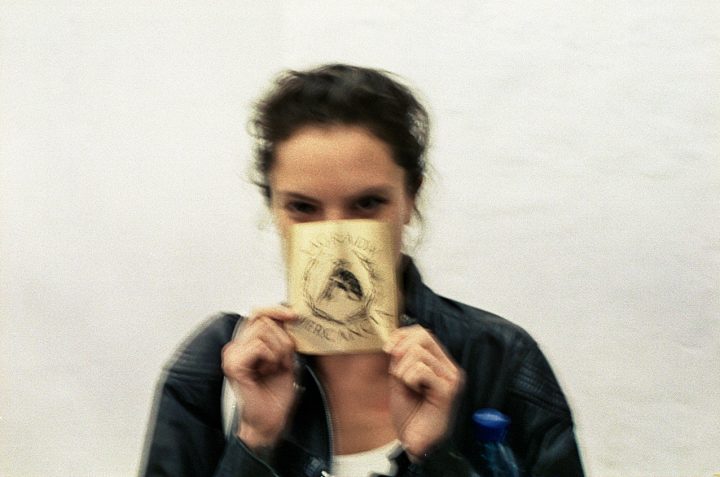
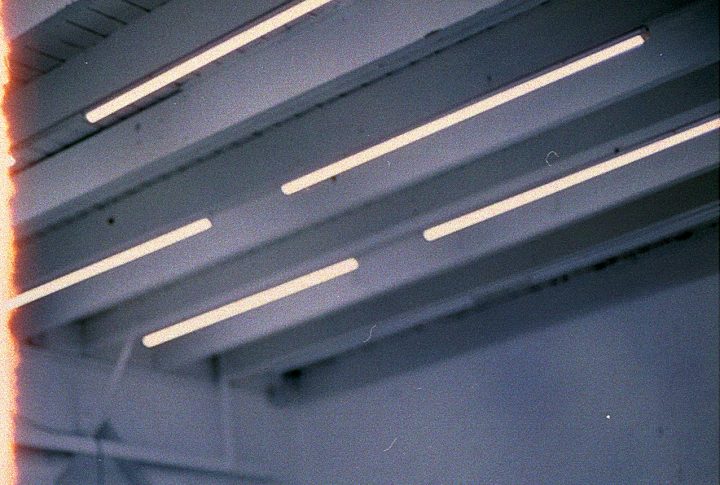
CM: What are the projects and vision for 2017?
AB: We already have chosen the invited artists for this year, what’s more flexible in the calendar is the space where our offices and that there is also an exhibition space.
The projects or projections are somehow going to consolidate the new fairs and maintain it. We just went to the Material Art Fair in Mexico, and our next fair is ArtLima. On the other hand, we are planning some possible collaborations with Galería Revolver de Lima, and with the artists that we have already begun to work such as Adolfo Martínez. This is how we’d like to achieve expansion and maintenance; consolidate the fairs as I mentioned, and carry out a series of satellite projects that expand the experiences of SM, which has already begun to be set in motion with interventions in public spaces.
CV: The idea is to give continuity to the way of proceeding, also realizing that the same yearning involves that in the production residences we can support them even more, we still have roads to travel and exhaust our spatial capacities. We are in a process in which we believe that the machine that we started two years ago needs constraint, where the threshold of exhaustion is not the limit, but that it will lead us to rethink everything and move on.
In the field of hallucination, we want to bring in foreign artists, where the same enrollment steps can increase the challenges and we would like to have the standard that we can maintain. Hallucination can be a good impulse, the first way to conquer and possess is to dream it up and grasp it immaterially, and where it’s your body itself that leads you to it.

 Español
Español